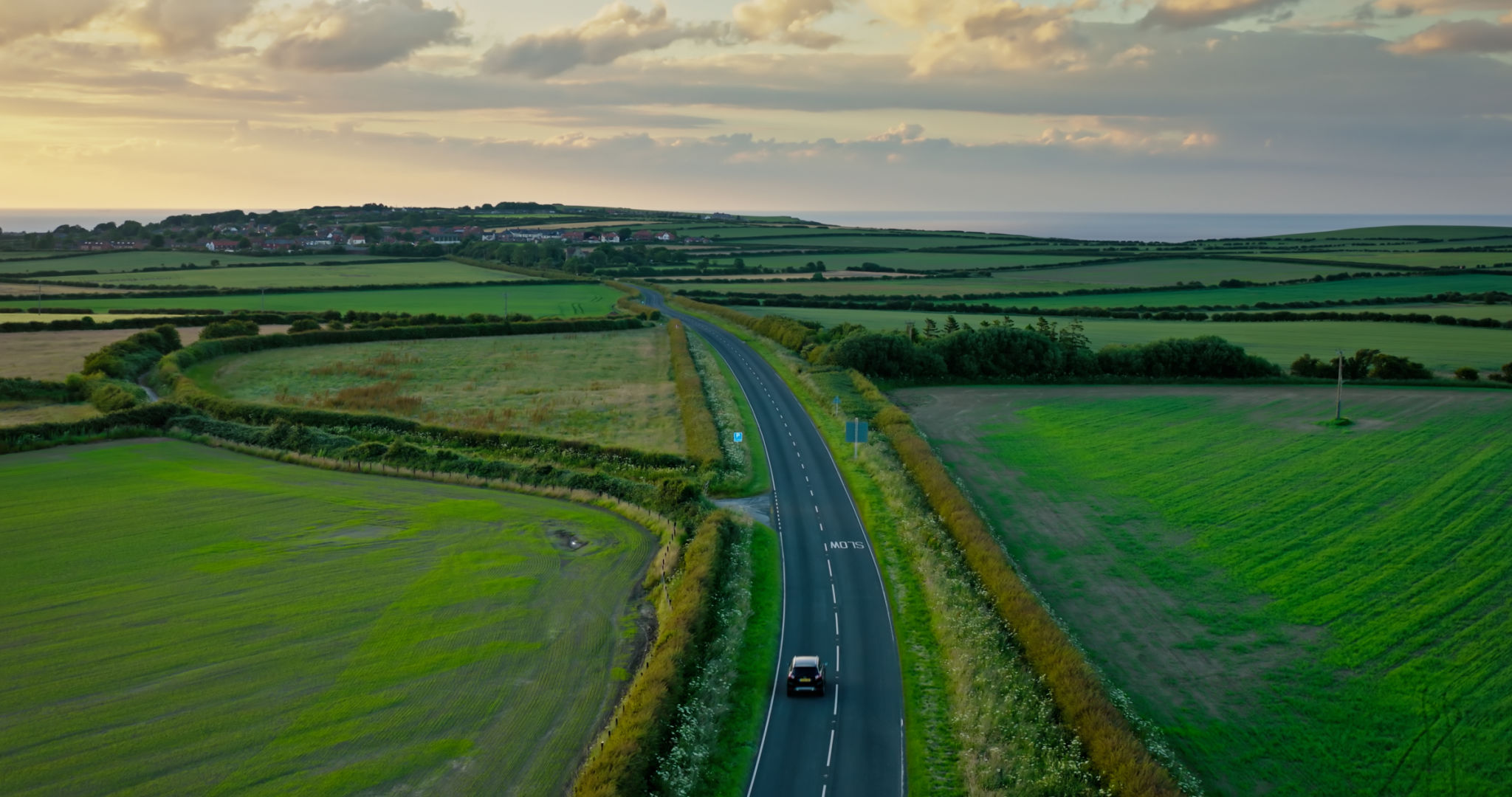How Accurate Are Drone Thermal Inspections? A Deep Dive into the Technology
Understanding Drone Thermal Inspections
Drone thermal inspections have rapidly become a crucial tool in various industries, providing unique insights that are both efficient and effective. This technology leverages drones equipped with thermal imaging cameras to detect temperature variations in structures, landscapes, and machinery. But just how accurate is this technology? In this post, we'll explore the accuracy of drone thermal inspections and the technology behind them.

The Technology Behind Thermal Imaging
At the core of drone thermal inspections is the thermal imaging camera. These cameras capture infrared radiation emitted by objects, which is then converted into an image that displays temperature differences. The ability to detect temperature variations makes thermal imaging an invaluable tool for identifying issues such as heat loss, water ingress, and electrical faults.
The accuracy of these inspections largely depends on the quality of the thermal camera used and the expertise of the operator. High-resolution cameras can detect minute temperature differences, while experienced operators can interpret the data accurately to identify potential problems.
Factors Affecting Accuracy
Several factors can impact the accuracy of drone thermal inspections. Environmental conditions, such as wind, rain, or fog, can interfere with infrared readings by dispersing or absorbing radiation. Additionally, the emissivity of a surface—its ability to emit thermal radiation—can also affect accuracy. Materials with low emissivity, like shiny metals, may not provide reliable data.

Calibration is another critical factor. Regularly calibrating the thermal cameras ensures that they provide consistent and accurate readings. Without proper calibration, even high-end equipment can yield inaccurate results.
Applications and Benefits
Despite these challenges, drone thermal inspections offer numerous benefits across various sectors. In agriculture, they help monitor crop health and irrigation efficiency. In construction and maintenance, they identify structural weaknesses and energy inefficiencies. The ability to conduct inspections from the air without disrupting operations is a significant advantage.
Moreover, drone inspections are safer and often more cost-effective than traditional methods. They eliminate the need for scaffolding or cranes, reducing both time and labor costs significantly.

Enhancing Accuracy with Advanced Features
Modern advancements in drone technology have further enhanced the accuracy of thermal inspections. Features like GPS integration allow for precise location tracking, ensuring that data collected is contextually relevant. Additionally, machine learning algorithms are increasingly being used to analyze thermal data, providing more accurate interpretations by recognizing patterns and anomalies.
The Future of Drone Thermal Inspections
The future looks promising for drone thermal inspections as technology continues to evolve. Improvements in camera resolution and data processing capabilities are on the horizon, promising even greater accuracy and reliability. As these advancements unfold, we can expect to see even broader applications across industries.
In conclusion, while there are factors that can affect the accuracy of drone thermal inspections, technological advancements and skilled operators can mitigate many of these challenges. As the technology becomes more refined, its role in industry will undoubtedly expand, offering insights and efficiencies previously unattainable.